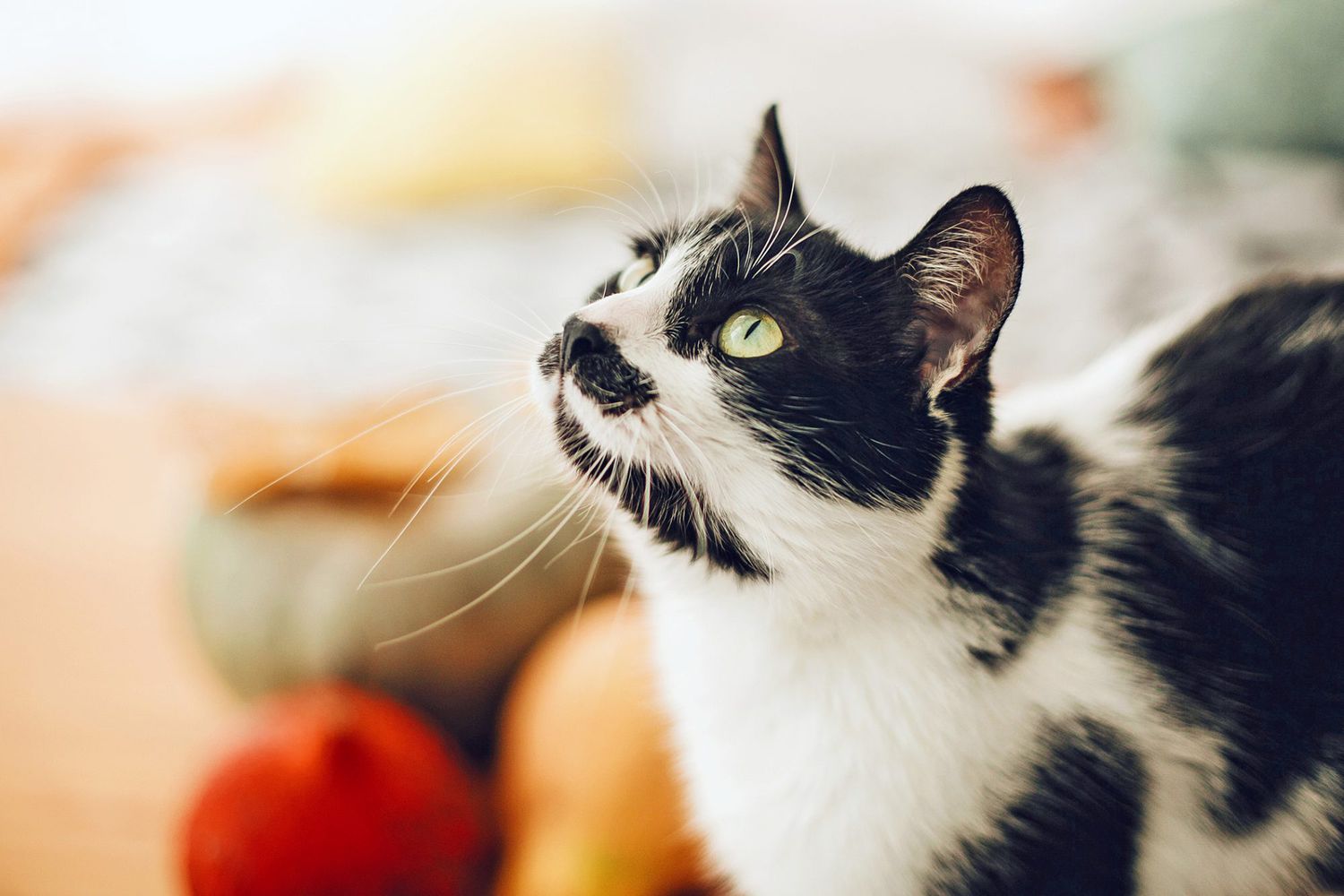The Development of Cat Litter: From Sand to Silicon
The Development of Cat Litter: From Sand to Silicon
Blog Article

Cat litter and litter boxes play an essential role in the lives of both cats and their owners. From the simple starts of sand and soil to the ingenious advancements of today, the world of cat litter has developed substantially. In this comprehensive guide, we delve into every aspect of cat litter and litter boxes, exploring their history, types, benefits, difficulties, and everything in between.
The history of cat litter dates back centuries, with ancient civilizations using sand, soil, and even ashes as primitive litter materials. However, it wasn't up until the mid-20th century that modern-day cat litter as we understand it emerged. In 1947, Edward copyright presented the world's very first business cat litter made from absorbent clay, changing the way felines relieved themselves inside. Ever since, cat litter has undergone many transformations, with the intro of clumping litter, silica gel litter, eco-friendly alternatives, and more.
Today, feline owners are ruined for option when it concerns choosing the best litter for their feline companions. Conventional clay litter remains popular for its price and efficiency in soaking up smells. Clumping litter, which forms solid clumps when wet, simplifies cleaning and upkeep. Silica gel litter, made up of extremely absorbent silica crystals, provides superior odor control and longevity. Eco-friendly alternatives, such as recycled paper, wood pellets, corn, and wheat, attract environmentally conscious customers.
Each kind of cat litter provides unique advantages. Clay litter stands out in its capability to take in moisture and control smells, making it a trusted option for numerous cat owners. Clumping litter streamlines day-to-day scooping and extends the time between complete litter cat litter robot modifications. Silica gel litter offers remarkable odor control and can last longer between replacements. Biodegradable litters use a sustainable option that reduces environmental effect.
While cat litter improves indoor feline hygiene, it is not without its obstacles. Dust from clay litter can present respiratory threats for both cats and humans, triggering the popularity of dust-free options. cat litter Some felines may establish litter box aversion due to concerns with texture, fragrance, or cleanliness, requiring experimentation with various litters and box configurations. Multi-cat families may need strategic litter box positioning and frequent upkeep to prevent territorial disputes and guarantee all cats have access to tidy facilities.
Choosing the appropriate litter box is necessary for promoting positive litter box habits and general feline wellness. Elements to think about include size, accessibility, and style preferences. Covered litter boxes offer privacy and assistance contain odors, however some cats might find them restricting or intimidating. Open-top litter boxes use easy gain access to and visibility however might result in more litter scatter. Automatic self-cleaning litter boxes simplify maintenance however require regular tracking and upkeep.
Appropriate litter box maintenance is essential for making sure a clean and welcoming environment for both felines and their owners. Daily scooping removes waste without delay, reducing odor and preventing litter box aversion. Regular litter replacement, normally every 1-2 weeks, prevents bacterial buildup and keeps optimal absorbency. Comprehensive cleansing with moderate detergent and water, avoiding harsh cat litter chemicals that may prevent felines from using the box, must be carried out monthly.
Cat litter and litter boxes play a main function in fostering a healthy and harmonious relationship between felines and their human buddies. With a diverse range of litter choices and litter box styles readily available, cat owners have the flexibility to tailor their options to match their felines' preferences and household needs. By comprehending the evolution, types, benefits, and difficulties of cat litter and litter boxes, animal owners can supply their feline good friends with a comfy and hygienic indoor environment.